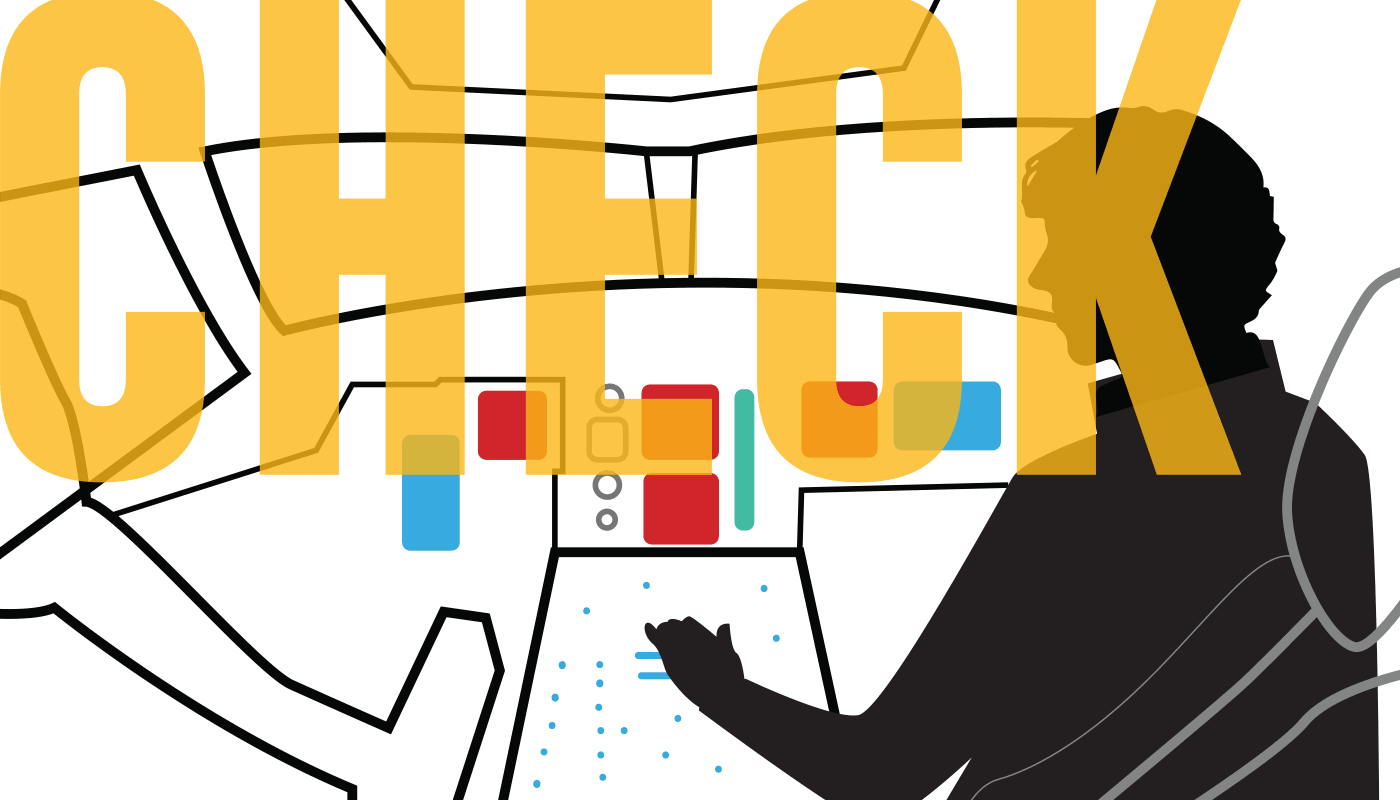Outthink your competition by thinking like them
Running a business is a constant challenge.
There are so many moving parts and the associated pressure can impact the clarity of your decision making.
You become so caught up in your own agenda that you fall into the trap of only focusing on what’s going on directly in front of you.
In the long term, the danger is that this makes you vulnerable to the more dynamic, freer-thinking competition.
Even large and well-established companies aren’t safe. Just ask Blockbuster.
Military strategists know all too well the dangers of ‘narrow-band’ thinking. It’s what gets people killed and loses wars.
One technique they use to try and avoid things like this happening is known as ‘red teaming’.
This is an exercise where you assign a group of your own people (a ‘red team’) to assume the role of the enemy and think how they would think.
What things might the enemy do to surprise you? What weak spots might the enemy take advantage of?
Make no mistake, their job is to take you down.
Assuming the role of an adversary works just as well in business.
The former CEO of Coca Cola, E. Neville Isdell, frequently undertook this activity with his management team.
The assigned red team members would wear Pepsi T-shirts and drink Pepsi and try and think like their arch enemy.
Isdell admits that it took time to get into the role but once the ideas started flowing it always ended up being a very valuable exercise.
This idea of shifting your perspective to gain new insight is similar to brilliant ‘Six Thinking Hats’ exercise by the father of lateral thinking Sir Edward De Bono.
Next time you find yourself facing a challenging issue, why not try creating your own red team? You just might uncover an elegant solution.
If you enjoyed this post, you will love our course on problem solving which is full of exercises to help you overcome even the most challenging issues.






